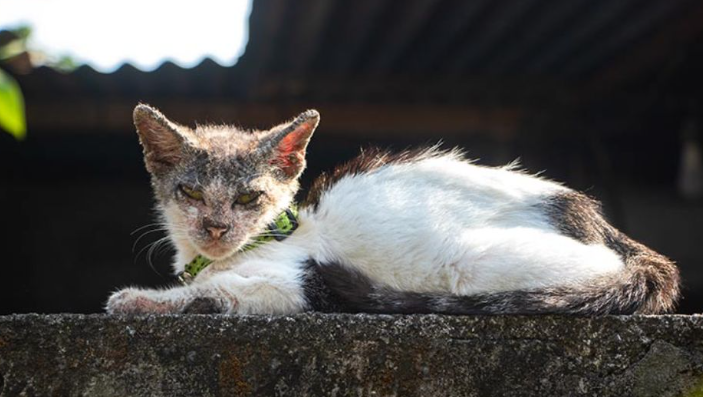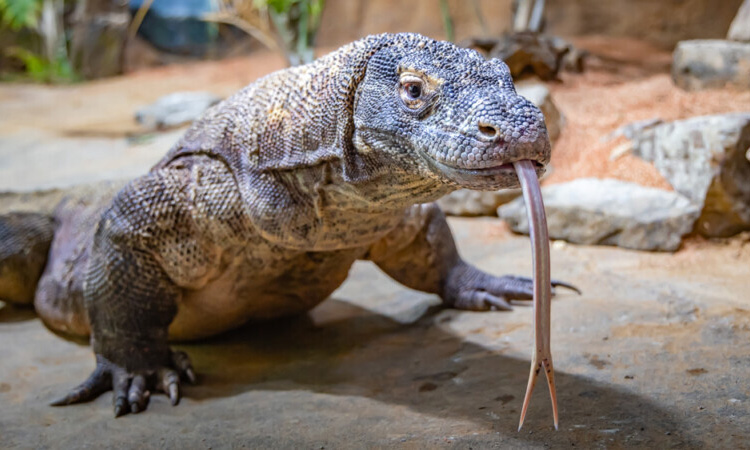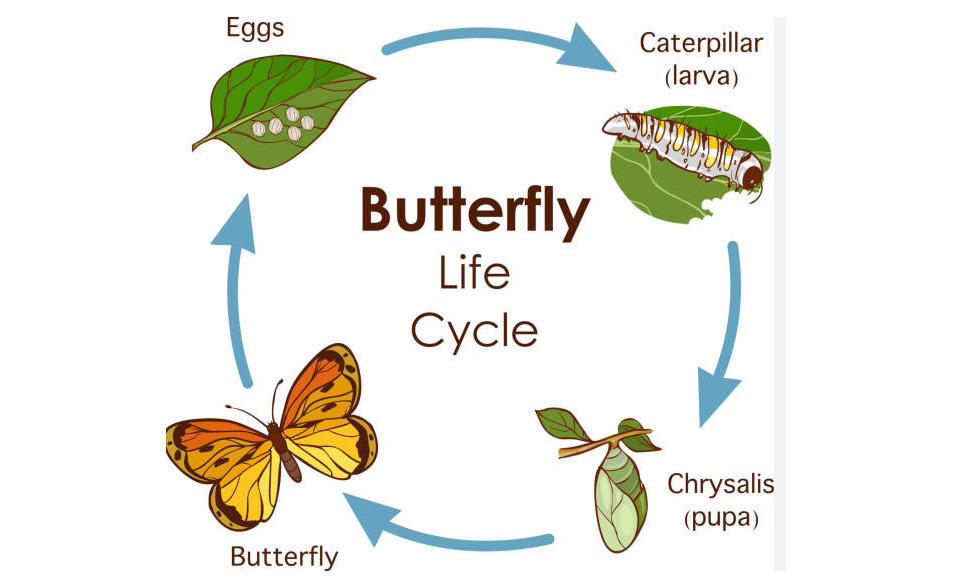Mange in Cats: Understanding This Common Condition
Mange is a skin condition that can affect cats, causing discomfort and distress. Understanding what mange is, its symptoms, and treatment options can help pet owners ensure their feline friends stay healthy and happy. This blog post will delve into the types of mange affecting cats, how to recognize the signs, and how to manage the condition effectively.
Types of Mange in Cats
There are two main types of mange that can affect cats: sarcoptic mange and notoedric mange. Sarcoptic mange, caused by the Sarcoptes scabiei mite, leads to intense itching and skin irritation. While it’s more commonly seen in dogs, cats can become infected and transmit it to other pets. Notoedric mange, on the other hand, is specifically a cat mite, causing similar symptoms but often localized to the head and ears. Both types can be treated effectively, but identification is key to ensuring proper care.
Recognizing the Symptoms
Symptoms of mange in cats can vary but commonly include itching, hair loss, and redness or irritation of the skin. Cats may scratch or bite at affected areas, leading to secondary infections. If you notice your cat excessively grooming or exhibiting signs of distress, it may be time to consult your veterinarian. Early recognition of these symptoms can prevent the condition from worsening and ensure your pet receives timely treatment.
Treatment and Care Options
Treatment for mange typically involves veterinary intervention, including medicated shampoos and topical medications. In severe cases, oral medications may be prescribed to eliminate the mites and relieve your pet’s discomfort. Additionally, keeping your cat’s environment clean and allowing them to recuperate in a stress-free space is beneficial. Don’t forget that isolation may be necessary to prevent the spread of mange to other pets in your home.
Conclusion
Mange can be a distressing condition for both cats and their owners, but with prompt attention and appropriate treatment, your furry friend can make a full recovery. If you suspect your cat may have mange or if you have concerns about their skin and coat health, don’t hesitate to reach out to your veterinarian. Staying informed and proactive is the best way to ensure your cat lives a happy, healthy life.




